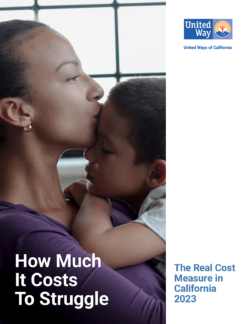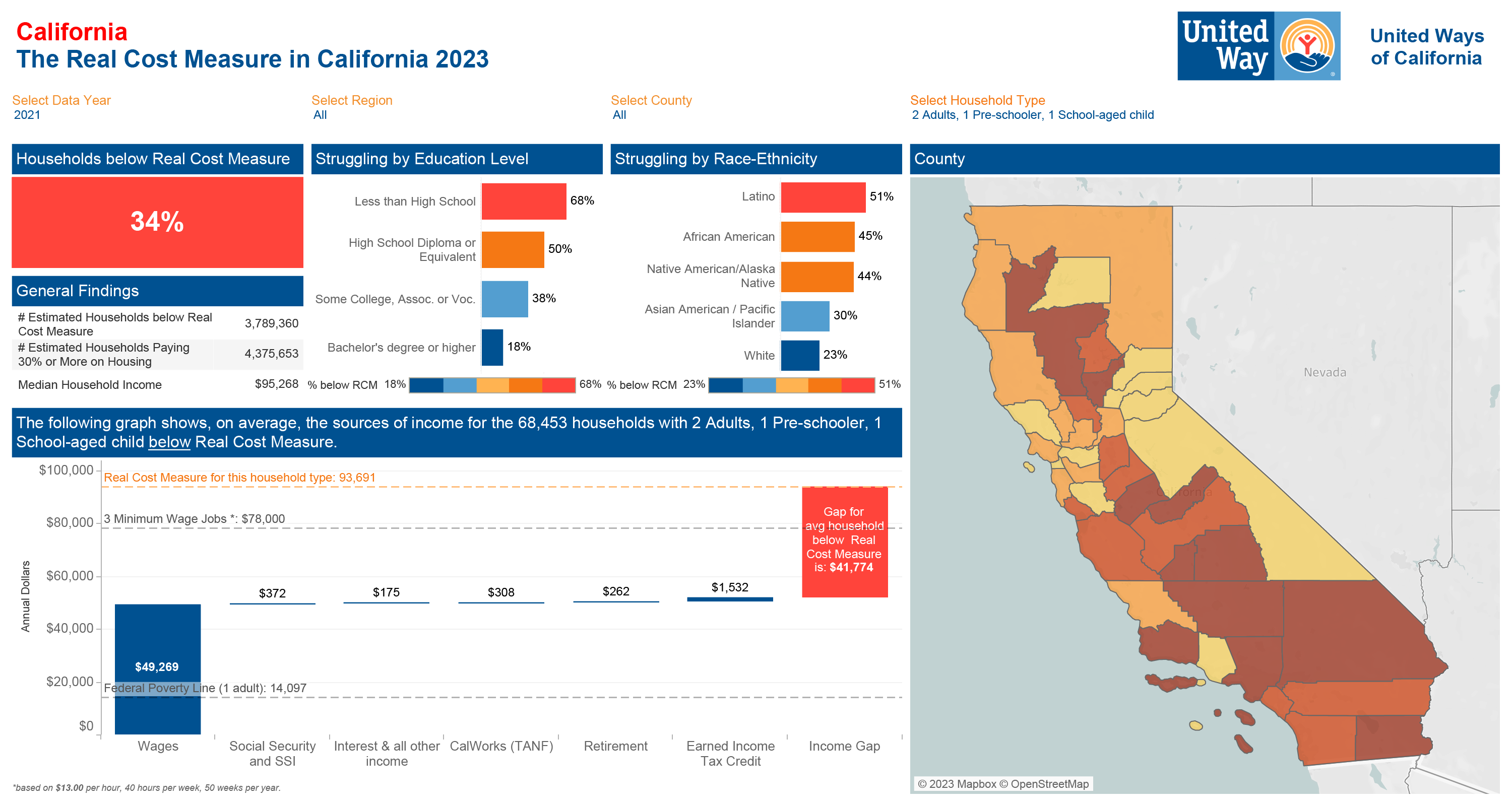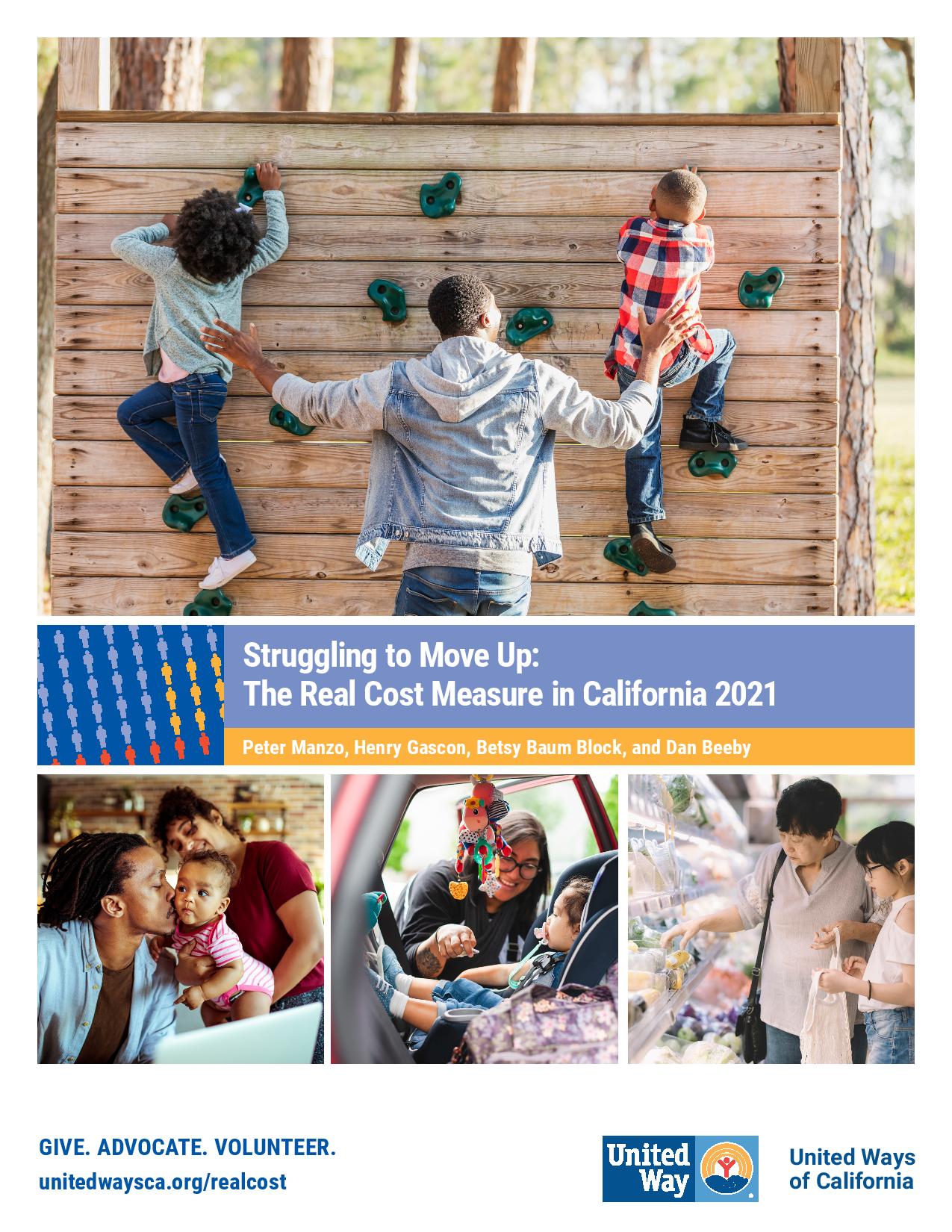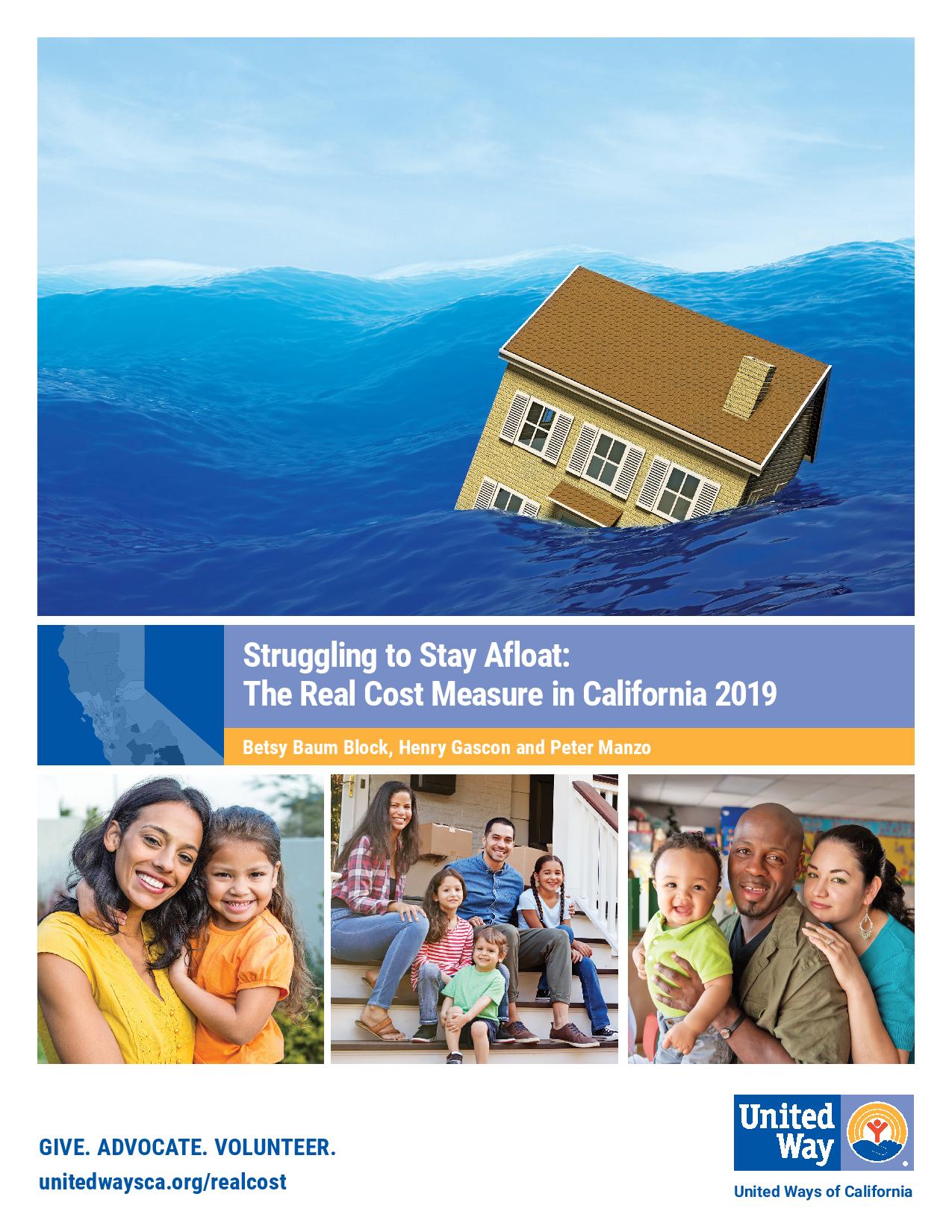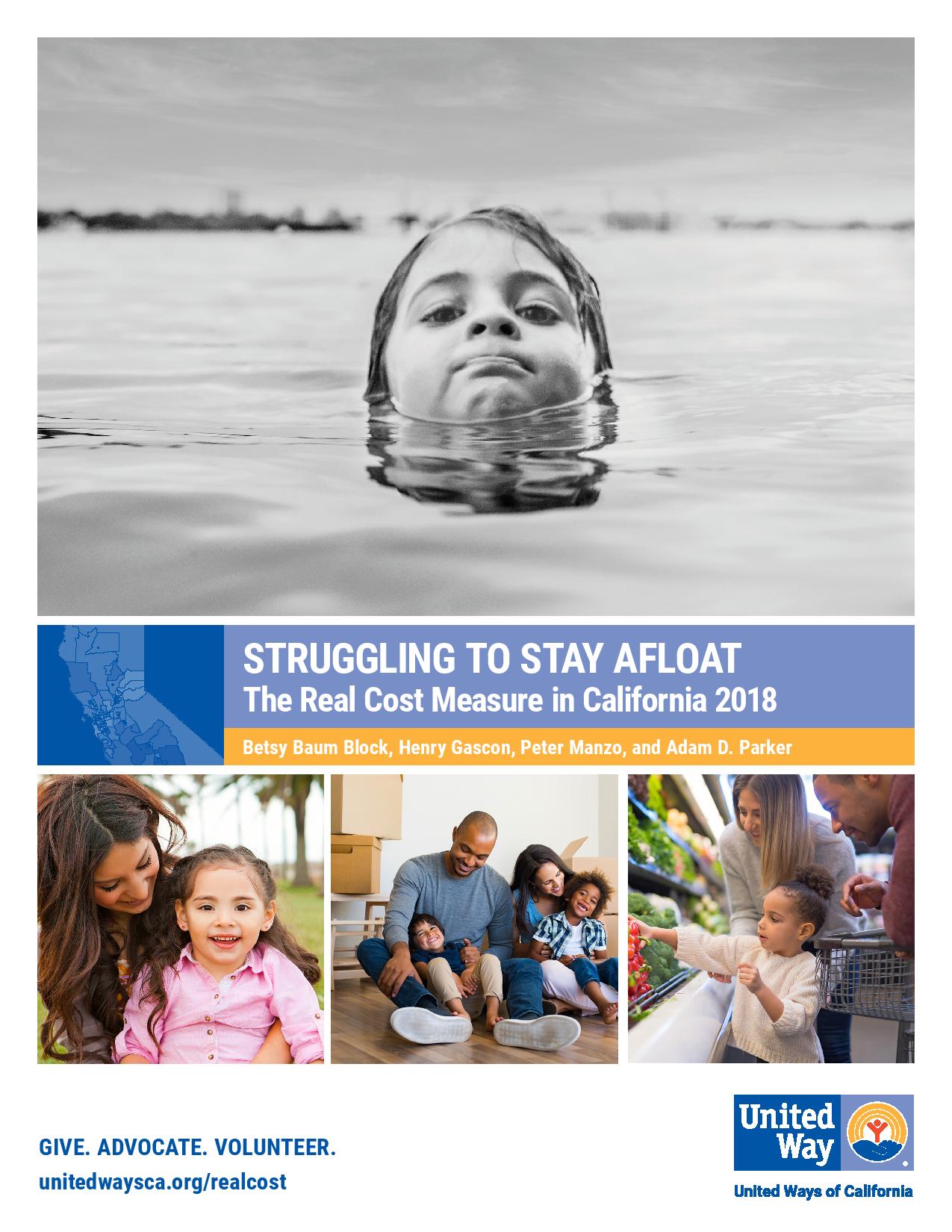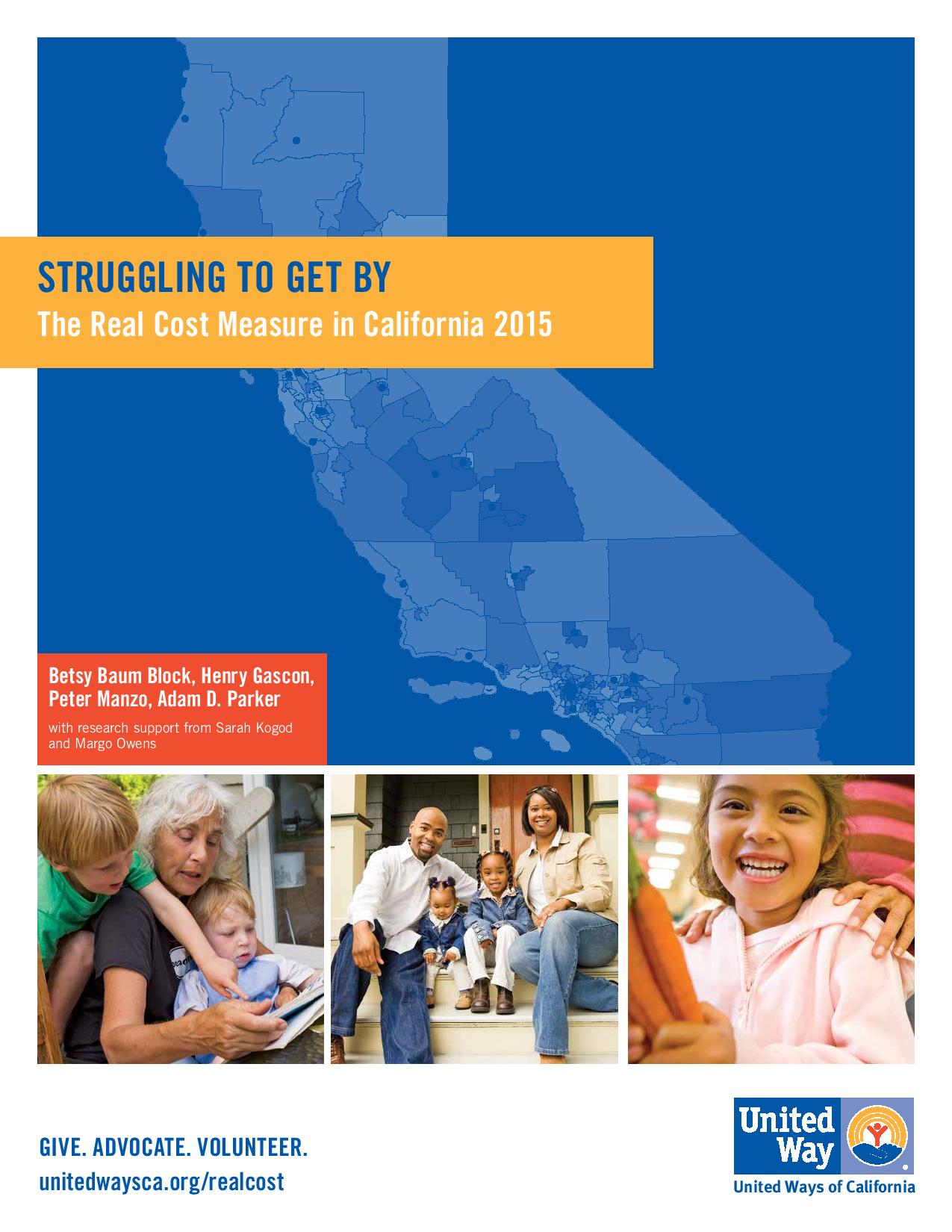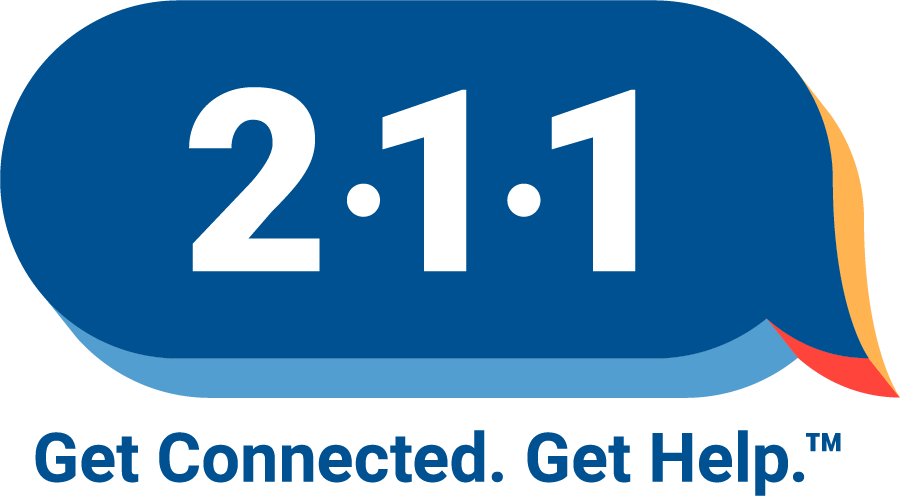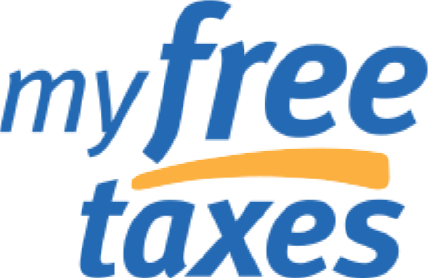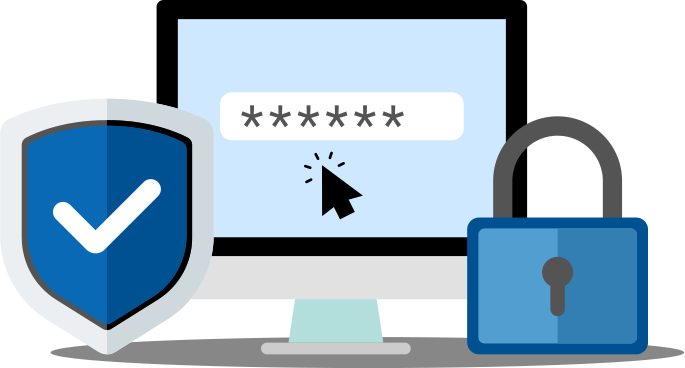The 2025 Real Cost Measure study—revealing the latest data on what it truly takes to make ends meet in California—is coming soon!
Sign up to be notified as soon as it’s released.
United Ways of California, in partnership with California’s 29 local United Ways, is proud to release How Much it Costs to Struggle: The Real Cost Measure in California 2023, our new study on what it takes to make ends meet in California.
Unlike the official poverty measure which primarily accounts for the cost of food, the Real Cost Measure factors the costs of housing, food, health care, child care, transportation and other basic needs to reveal what it really costs to live in California.
Next Steps
We aim for the portrait of struggling households described in the Real Cost Measure study to assist leaders across various sectors in better recognizing the genuine extent of need within their communities. Click here to explore potential areas for policy and systemic adjustments that communities can consider when determining the most effective ways to support families in need.
Key Findings
Real Cost Measure Interactive Data Dashboard
The Real Cost Measure Dashboard is an interactive data-visualization tool to help navigate the Real Cost Measure’s primary findings. Here, you can explore interactive county and neighborhood maps, statewide, region and county profiles, common household budgets, and more.
Interactive Household Budgets Calculator
Our household budgets calculator contains approximately 1,200 budgets across California’s 58 counties, up to 19 adults in a household, to determine the minimum amount a household needs to earn to make ends meet in California. To use the calculator:
- Select the name of your county from the drop-down menu below.
- Enter the age of the first household member, and press the “Add person” button to add additional household members.
State, Region, and County Profiles
Using the drop-down options below, you can download and print one-page state, region and county profiles with some of the Real Cost Measure’s primary findings.
*Be sure to enable pop-ups to download your PDF
Legislative Profiles
Real Cost Measure Legislative Profiles illustrate the share of households earning below the Real Cost Measure in legislative districts through U.S. Public Use Microdata Areas (neighborhood clusters). Due to small sample sizes among households in various legislative districts, we can only reveal data findings through neighborhood clusters consistent with our methodology.
*Be sure to enable pop-ups to download your PDF
Public Data Set
We are glad to offer a free public data set to drill further into all of Real Cost Measure’s demographic findings. If you decide to share any of the findings from the Real Cost Measure, please be so kind as to provide us proper attribution. Citation: The Real Cost Measure in California 2023. United Ways of California. June 2023. https://www.unitedwaysca.org/realcost.
Interview/Speaker Requests and Media Coverage
To schedule an interview with one of the study’s authors or to inquire about local speaking opportunities on the Real Cost Measure, please click on the Media and Speakers Request button below. Click here to view our media coverage.
Methodology
To learn more about the data sources and methodology used to calculate the Real Cost Measure, please visit our methodology.
Previous Real Cost Measure Studies
United Ways of California has released four previous versions of the Real Cost Measure in California. Please note that in 2018, United Ways of California incorporated payroll taxes, child care tax credits and the Low-Cost Food Plan by the U.S. Department of Agriculture for more robust household budget calculations. As a result, studies before 2019 will not reflect those changes. Click on the cover images below to learn more.


